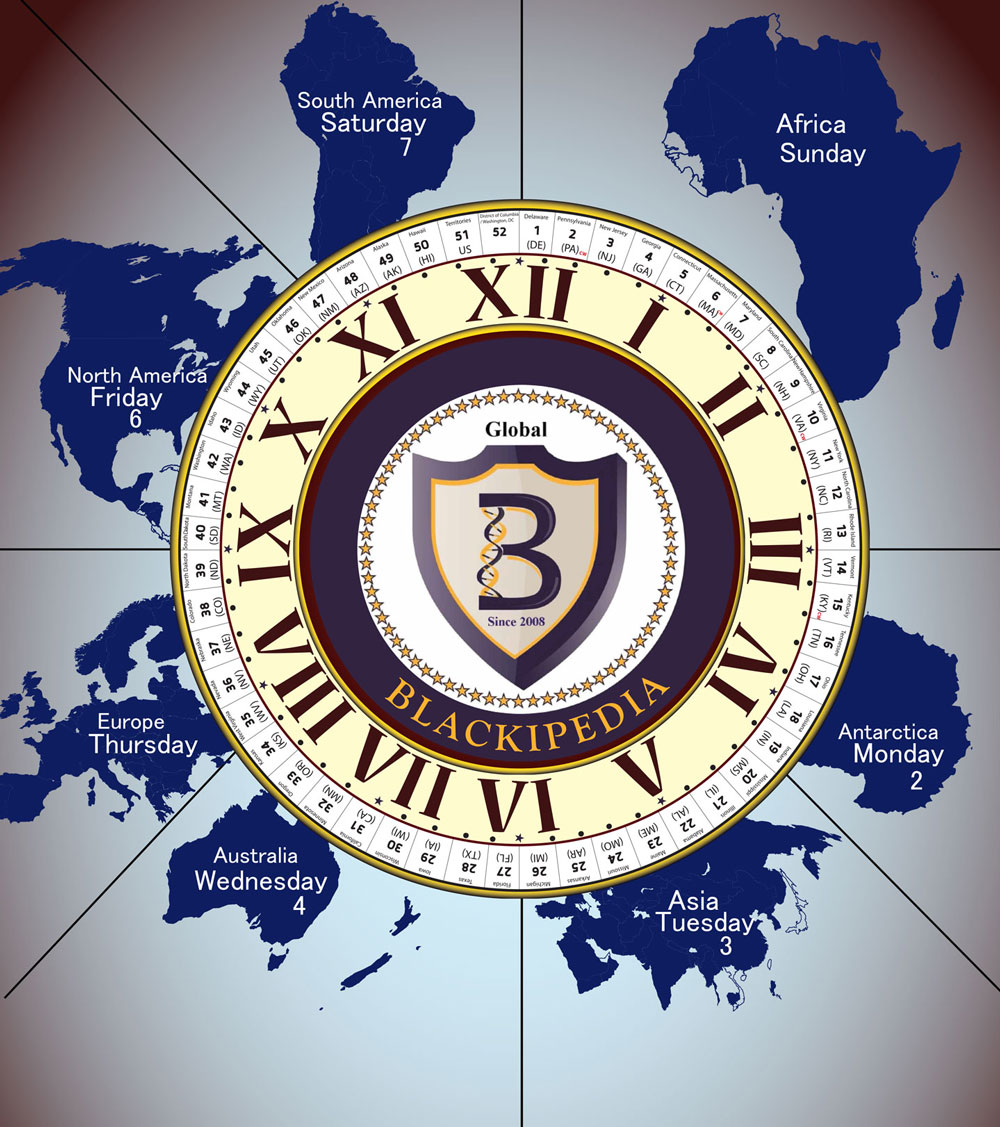Absalom Jones was born into slavery in Sussex, Delaware, on November 6, 1746. Jones always had a yearning for education and started with teaching himself to read. As a young boy, Jones would receive tips from his master’s visitors. He saved the tips and bought books, including a bible. At the age of 16, Jones moved to Philadelphia with his master Benjamin Wynkoop.
While living in Philadelphia, he worked as a clerk at his owner’s store during the day. At night he attended an all-African American night school run by the Quakers where he learned mathematics and writing.
In 1770 while still enslaved to Wynkoop, Jones married a fellow slave, Mary. Mary’s owner Sarah King was a neighbor of Wynkoop. Shortly after being married, Jones paid for his wife’s freedom with money he saved, and some he borrowed.’ For the next eight years, Jones and his wife worked hard to pay off the money he borrowed. They also saved enough to submit his application to pay for his freedom. His application was not immediately accepted, but he continued to work and save. Jones and his wife purchased a house and land. They registered this in his wife’s name so that his master could not lay claim to the property. Jones once again applied for freedom and was released from slavery on October 1, 1784.
Jones served as a lay preacher for the African American attendants of St. George’s Methodist Episcopal Church in Philadelphia. In 1786 Jones met Richard Allen. A friendship formed that would forever impact African American History in the area. Jones and Allen grew the African American population to be ten times greater than it was. The white members of the church did not wholly welcome this growth. In response to the white members, the church attempted to segregate the congregation.
In November 1786 during a Sunday service Jones and other members were asked to sit in the balcony areas. During the prayer, an usher attempted to move Jones and the other black members. Jones decided to walk out of the church and never to return. The other African American members went with him. This was the beginning of the independent black church movement.
1787 is a remarkable year in history. This is the year that Delaware became the first state to enter the union. 1787 is also the year that Absalom Jones and Richard Allen founded the Free African Society (FAS). The organization had regular member meetings and required paid dues. These dues were to help those in need such as, widows, fatherless children, and assisting with healthcare and burial services of those in need. FAS was the first organization of free blacks in America in which any records exist.
In 1791 the FAS began holding religious services in a rented room. The FAS eventually morphed itself into a nondenominational “African Church.” They began to have a building built to be the church’s home, and on July 17, 1794, the building was dedicated to the church. The members then met to decide whether they would be part of the Methodist Church or the Church of England. Many members, including Jones, agreed to go with the Church of England. The main reason being how the Methodist Church treated them previously. Richard Allen disagreed and left the African Church, leaving Jones as the sole leader of the church. The African Church applied for membership in the Episcopal Diocese of Pennsylvania. They asked for Jones to be accepted as a lay reader (non-clergy) and once qualified, he would get ordained as a minister.
On August 12, 1794, the African Church became St. Thomas African Episcopal Church. The diocese of Pennsylvania formally accepted the church in October 1794. In September 1804, fifty-eight years old Absalom Jones was ordained as a priest. He was the first black American to be ordained by a major religious denomination.
Jones spent the rest of his life performing his pastoral duties and community work to make racial and moral reforms. He started schools of his own since there were no state-supported schools for African Americans in Pennsylvania. Jones petitioned the state legislature and Congress for the immediate abolition of slavery. In 1808 Jones published a sermon on the abolition of the slave trade. In the same year, Congress banned the importation of slaves.
At the age of seventy-one, Jones passed away at his Philadelphia home on February 13, 1818. He was buried in the churchyard of St. Thomas Church.
References:

